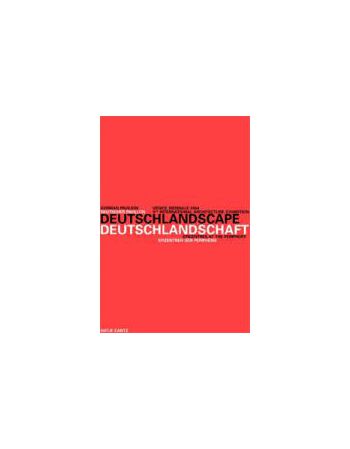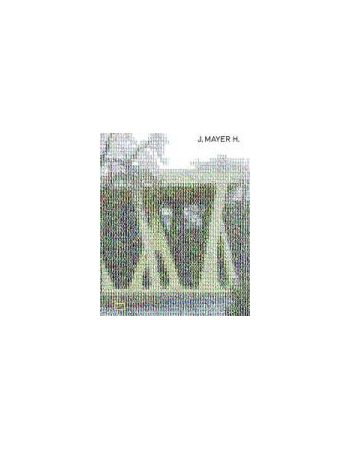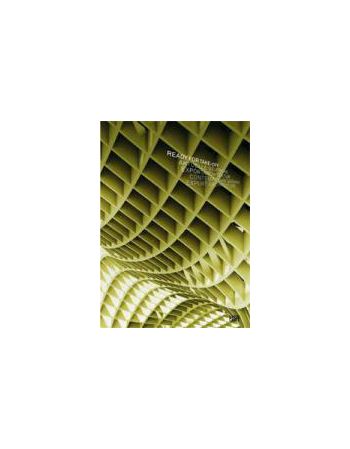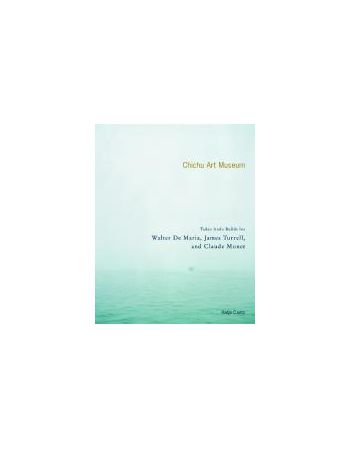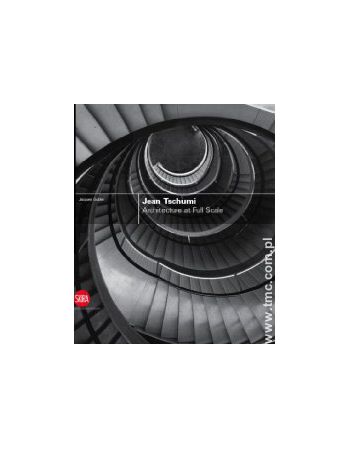Hiroshi Sugimoto: Architecture
Seit 1997 fotografiert Hiroshi Sugimoto, bekannt für seine faszinierenden, mit extrem langen Belichtungszeiten aufgenommenen Fotografien von Wachsfiguren und leeren Kinosälen, auch Ikonen der Architektur des 20. Jahrhunderts. In diesen unscharfen und zeitlich nicht einzuordnenden Arbeiten erfasst er so verschiedene Gebäude wie das Empire State Building oder Le Corbusiers Nôtre Dame du Haut.


